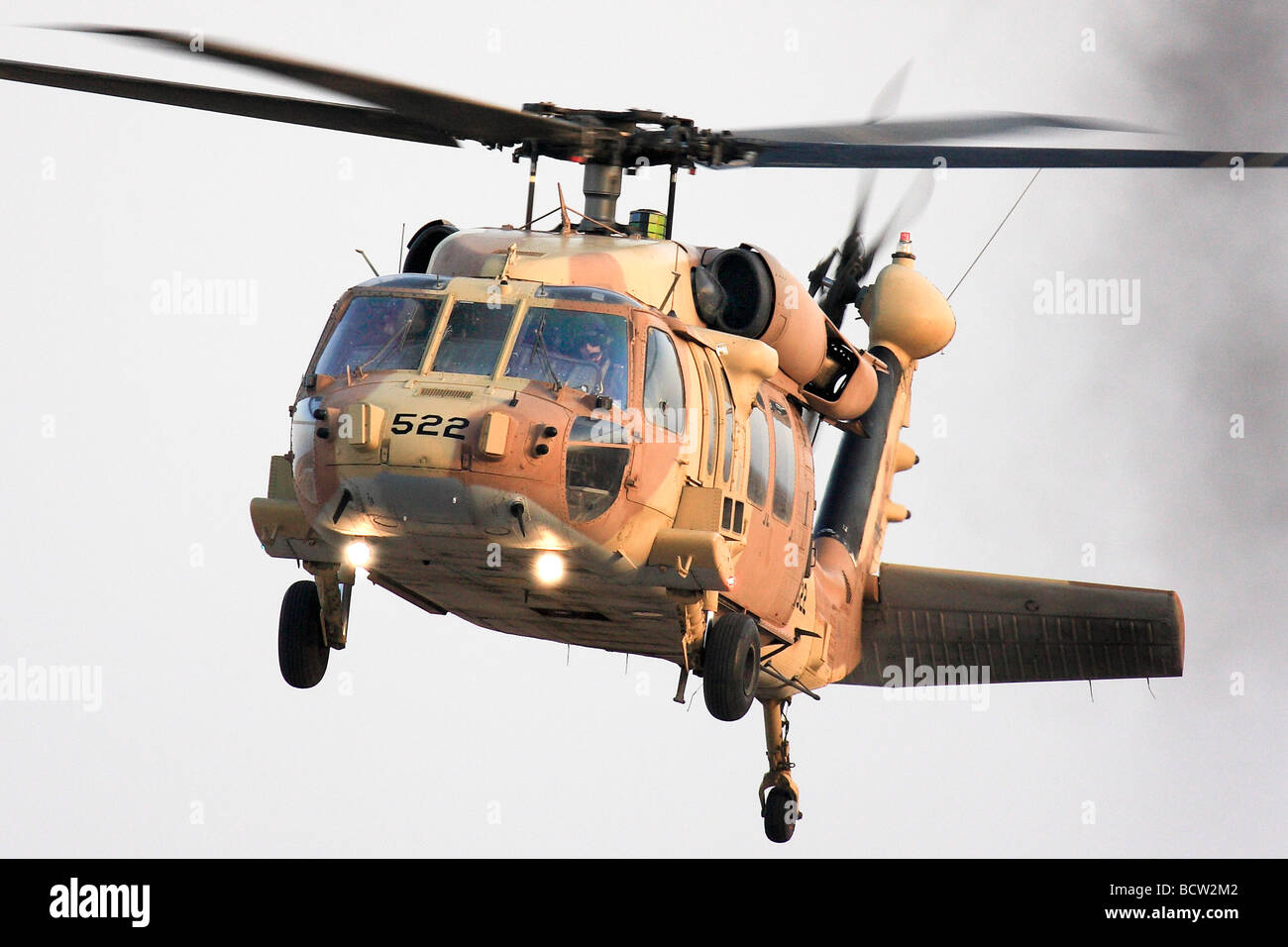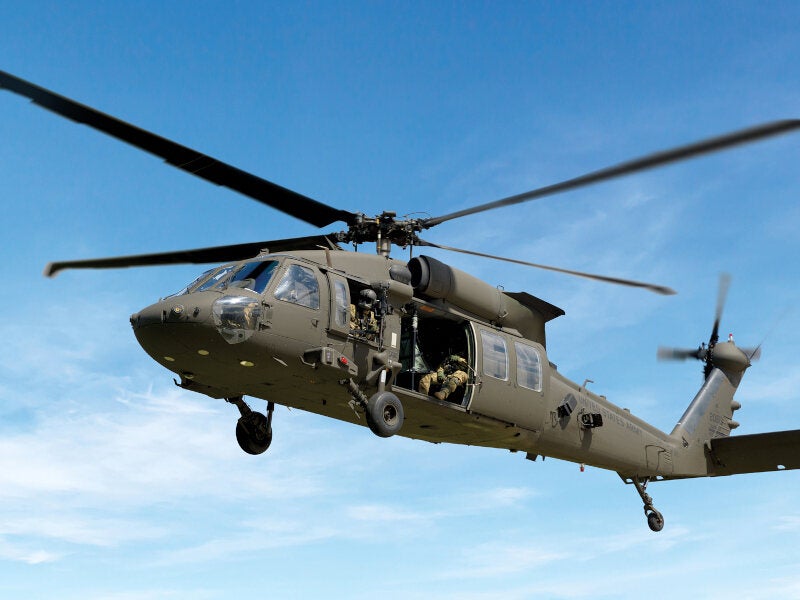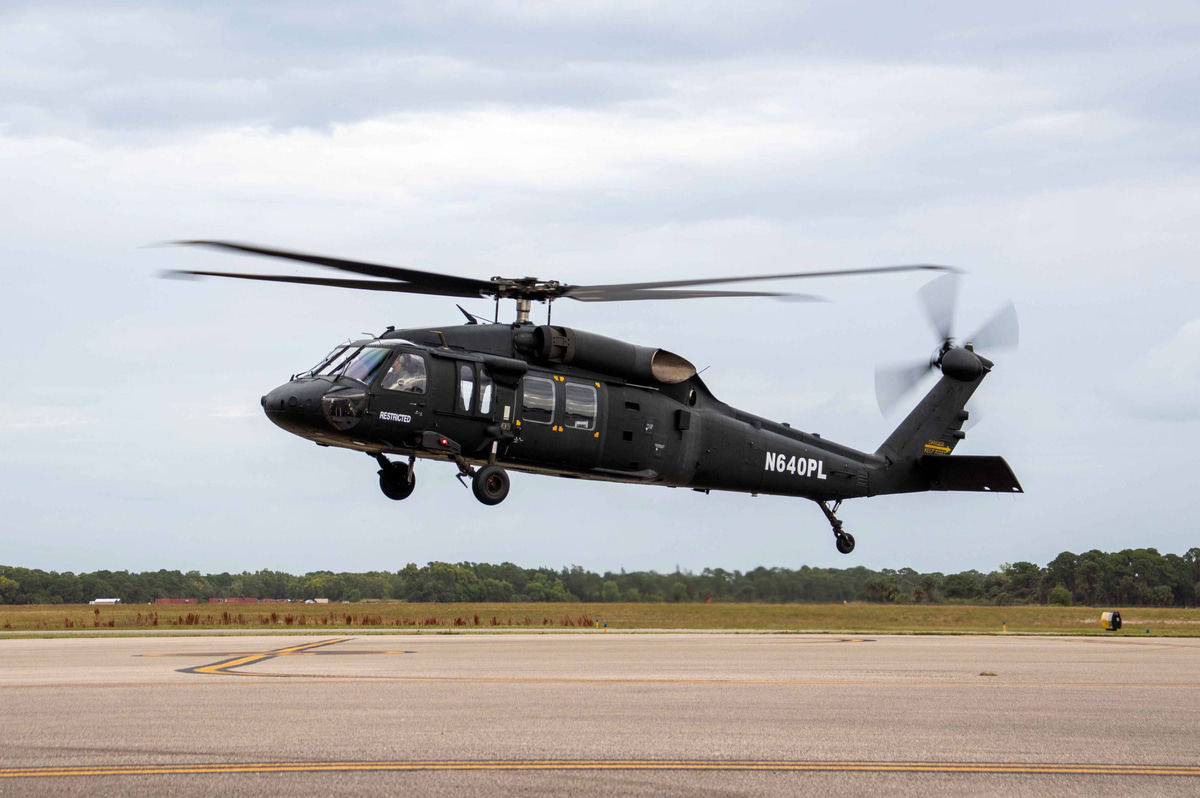Why the Sikorsky S 70 is the Preferred Selection for Modern Helicopter Missions
Why the Sikorsky S 70 is the Preferred Selection for Modern Helicopter Missions
Blog Article
High-Performance Multi-Role Rotorcraft Featuring Advanced Cabin Technologies and Integrated Sensor Solutions
The realm of rotorcraft technology has seen significant advancements in current times, especially in the realm of high-performance multi-role rotorcraft furnished with advanced cabin innovations and perfectly integrated sensing unit systems. These technologies have not only boosted the functional capabilities of rotorcraft yet have also dramatically affected contemporary aeronautics operations on different fronts. From enhanced goal flexibility to boosted functional effectiveness, the merging of advanced cabin modern technologies and incorporated sensing unit systems has ushered in a new era of opportunities for rotorcraft applications. In the complying with discussion, we will explore the evolution of rotorcraft modern technology, dig right into the world of advanced cockpit innovations, and check out the ramifications of incorporated sensor systems on the operational adaptability and efficiency of contemporary rotorcraft.
Evolution of Rotorcraft Technology
The evolution of rotorcraft innovation has been marked by significant developments in aerodynamics, materials, and propulsion systems, forming the capacities and efficiency of contemporary rotorcraft. In addition, developments in propulsion systems, including more effective engines and cutting-edge propulsion modern technologies, have actually allowed rotorcraft to achieve greater altitudes, faster speeds, and better payloads.
These advancements have not just transformed the capabilities of rotorcraft yet have also increased their applications throughout various sectors, consisting of military, business, and emergency services. The constant evolution of rotorcraft modern technology proceeds to drive innovation in the area, pushing the borders of what is possible and forming the future of vertical trip.
Advanced Cockpit Innovations
Building upon the fundamental developments in aerodynamics, materials, and propulsion systems, the world of rotorcraft innovation currently moves emphasis towards introducing Advanced Cabin Innovations. The combination of cutting-edge innovations within the cockpit atmosphere plays a crucial role in boosting the operational abilities, safety and security, and efficiency of modern-day rotorcraft. sikorsky s 70. Advanced Cockpit Innovations include a wide variety of attributes developed to supply pilots with enhanced situational recognition, streamlined data administration, and instinctive control interfaces
One of the vital advancements in cockpit style is the execution of glass cockpits, which replace standard analog determines with high-resolution displays. These digital systems offer personalized layouts, real-time data integration, and improved readability, enabling pilots to access vital details at a look. Furthermore, advanced avionics systems, such as fly-by-wire controls and enhanced truth screens, are changing just how pilots connect with the aircraft, allowing for exact control and improved decision-making capabilities.


Incorporating advanced cabin technologies not just boosts pilot efficiency but additionally adds to overall mission effectiveness and safety in complicated functional atmospheres. By leveraging state-of-the-art technologies within the cabin, rotorcraft suppliers are setting brand-new requirements for functional excellence and goal success.
Integrated Sensor Equipments
With the evolution of rotorcraft modern technology, the integration of innovative Integrated Sensor Solution has actually become extremely important in enhancing functional performance and security. These Integrated Sensing unit Equipments include a large array of innovations that give vital information for various functions such as navigating, security, targeting, and environmental tracking. By effortlessly incorporating sensors like radars, video cameras, lidar, and infrared systems right into rotorcraft, drivers can take advantage of enhanced situational understanding, boosted goal capacities, and minimized pilot work.
One trick advantage of Integrated Sensor Solutions is their capacity to collect real-time information and provide actionable insights to pilots and mission operators. For instance, progressed radar systems can detect and track targets over fars away, enabling very early hazard detection and effective reaction planning. In addition, incorporating electro-optical and infrared video cameras allows rotorcraft to carry out reconnaissance and monitoring objectives with precision and accuracy.
Basically, the integration of advanced sensor innovations right into rotorcraft not just improves operational efficiency but also contributes considerably to overall mission success and staff safety and security. As rotorcraft proceed to progress, the function of Integrated Sensor Systems will certainly remain at the forefront of innovation in the aerospace sector.
Functional Flexibility and Efficiency
Enhancing operational adaptability and effectiveness in rotorcraft is a natural development from the combination of advanced Integrated Sensing unit Solutions. By leveraging the data and understandings supplied by these advanced sensor systems, rotorcraft can enhance their performance throughout various goals and atmospheres.
Functional adaptability encompasses the capacity of rotorcraft to adjust to different duties and scenarios successfully. With sophisticated cabin innovations and integrated sensing unit systems, rotorcraft can seamlessly shift between tasks such as search and rescue, clinical emptying, security, and a lot more. This versatility improves the rotorcraft's capability to satisfy varied my blog operational requirements without calling for comprehensive reconfiguration.
Performance in rotorcraft operations is vital for making best use of objective performance and source usage. Integrated sensing unit systems play a crucial role in improving functional performance by providing real-time data on weather, terrain mapping, target tracking, and much more. This information makes it possible for pilots to make informed decisions promptly, maximize flight courses, save gas, and boost overall mission efficiency.
Effect on Modern Air Travel Workflow

Furthermore, the assimilation of advanced sensing units facilitates enhanced mission planning and implementation, allowing rotorcraft to execute a broad array of tasks with improved accuracy. From search and rescue operations to airborne firefighting and police objectives, the capacities of modern rotorcraft furnished with innovative cockpit innovations and incorporated sensor systems are unmatched.
Furthermore, the effect of these advancements expands past operational effectiveness to cost-effectiveness and sustainability. By maximizing trip routes, fuel usage, and upkeep timetables, high-performance rotorcraft geared up with sophisticated cabin modern technologies and sensing units add to minimizing functional costs and environmental influence, making them important possessions in contemporary aviation procedures.
Final Thought
In conclusion, the high-performance multi-role rotorcraft with sophisticated cabin technologies and integrated sensor systems represents a considerable advancement in aeronautics modern technology. These innovations enhance operational flexibility and efficiency, ultimately impacting modern aviation operations in a positive means. The integration of these innovative check this site out modern technologies enables boosted capacities and efficiency in different objective scenarios, showcasing the continued advancement of rotorcraft modern technology in the aeronautics market.
The realm of rotorcraft technology has seen remarkable innovations in current times, particularly in the realm of high-performance multi-role rotorcraft equipped with sophisticated cabin innovations and perfectly incorporated sensing unit systems. From improved mission convenience to improved operational efficiency, the merging of sophisticated cockpit modern technologies and incorporated sensor systems has actually ushered in a new era of opportunities for rotorcraft applications. In the complying with discussion, we will certainly explore the development of rotorcraft modern technology, dive into the world of advanced cabin developments, and analyze the effects of integrated sensing unit systems on the operational versatility and effectiveness of modern rotorcraft.

Report this page